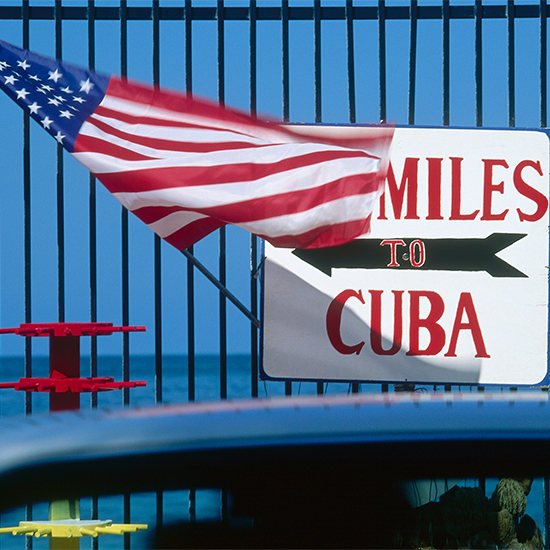01.16.15

It’s happening, people. Travel to Cuba just got as little easier, thanks to a new set of regulations that take effect today and expand on President Obama’s recent policy changes.
The Department of Treasury dropped the amended regulations on the lap of tour operators and others with a stake in travel to Cuba yesterday morning. Just how quickly these changes can and will be implemented remains foggy—as do some of the particulars, which will likely be hashed out in the coming days and weeks. So watch this space.
In the meantime, for a sense of what the new regulations mean, we reached out to T+L’s trusted network of travel specialists for more insights. (A big hat tip to GeoEx, an operator that has been active in the country for several years, for help deciphering these regulations.)
Here’s what we know:
• All travel to Cuba must still meet certain activity-related requirements. There are 12 types of travel that are permitted, including family visits, journalistic activities, professional research and meetings, educational activities, public performances, and religious activities.
• “People-to-people travel,” the most common way most Americans currently now experience the country, is considered a form of educational travel that promotes meaningful exchanges between U.S. citizens and Cubans. It is officially still subject to “appropriate conditions” (meaning certain activities, such as going to the beach, are not permitted) and requires some sort of guide or agent to accompany travelers. In other words, you will still need to visit with a licensed tour operator.
• Some operators are anticipating that the requirements and enforcement of people-to-people itineraries will soon be relaxed—meaning that even on these structured trips, you could more or less be able to travel through the island as you choose.
• The new Treasury regulations lay the groundwork for a more simplified, general license for all types of travel to Cuba, which could open the door for more tours (and tour operators) bringing Americans to the country.
• That said, the tourism infrastructure in Cuba remains very limited. It will be difficult for new companies to deliver meaningful experiences—for now.
• Commercial flights are now authorized to Havana, but don’t expect them to start immediately (though U.s. carriers are already champing at the bit). Logistically, they will likely take several months to implement. So for the time being, it’s charter flights only from the States.
• Americans can now bring back up to $400 in souvenirs home with them—that includes $100 worth of alcohol and tobacco.
• U.S. travelers can also now use their credit cards in Cuba—a change that exists only on paper until U.S. financial institutions actually develop a presence in the country.
In essence, new flights, new tours and tour companies, and new ways to explore the island are coming soon. “Although things are sure to change in Cuba, we are viewing the regulatory amendments as very positive, and are excited about the possibilities.” says Jennine Cohen, the managing director for the Americas at GeoEx.
What remains to be seen is how long it will take to build up the tourism infrastructure in Cuba to meet increasing demand from Americans—and what this new tourism infrastructure will look like. “It is going to take a significant amount of time for Cuba to be considered a prime destination for tourists,” says Dan Sullivan, President and CEO of Collette tours.
In the meantime, the best experiences will be offered by operators who know the country well—and have relationships and connections already in place. We recommend GeoEx, Collette, InsightCuba, G Adventures and Smithsonian Journeys.











